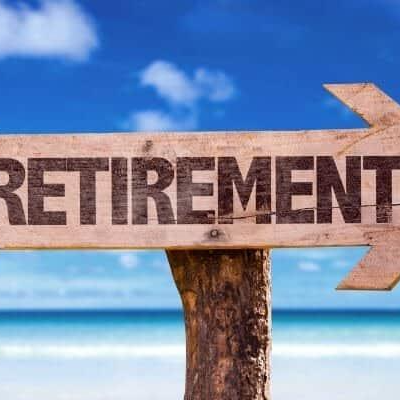How Social Security Reform Can Help Those Disproportionally Affected by Retirement Tax Breaks

With a Social Security crisis still coming, Congress must approve legislation to prevent the Social Security trust fund from running out of resources by 2034, according to GoBankingRates.com forecasts.
Some reform components urge people to save for retirement on their own. However, according to a new report from the National Institute on Retirement Security, more than half of the tax breaks meant to encourage retirement savings through other vehicles, like defined contribution (DC) plans and Individual Retirement Accounts (IRAs), currently benefit the top 10% of wage earners in the United States — not the middle class or lower-income wage earners.
Furthermore, the wealthiest 30% of employees earn 89% of the “present value of tax advantages for DC plans and IRAs,” according to the report.
The report, “The Missing Middle: How Tax Incentives for Retirement Savings Leave Middle-Class Families Behind,” discusses how Social Security fails to help the middle class. It has been found to aid in the reduction of poverty among older Americans, but it doesn’t offer adequate retirement income for the middle class.
Furthermore, because of marginal tax rates, the tax benefits obtained by saving for retirement through alternative methods benefit high earners more. According to the report, when these factors are combined, they result in retirement disparities tied not just to income but also to geography and race.
The report proposes potential remedies such as expanding Social Security through benefit modifications or including lifelong income choices for people who save outside the program. Reforming the tax features of retirement savings might also help motivate retirement savings outside the Social Security system by providing middle-class tax breaks.
Finally, the report proposed that decreasing abuses in the present Social Security system may contribute to the fund’s growth through federal tax revenue.
Contact Information:
Email: [email protected]
Phone: 6232511574
Bio:
Todd Carmack grew up in Dubuque, Iowa, where he learned the concepts of hard work and the value of a dollar. Todd spent years in Boy Scouts and achieved the honor of Eagle Scout. Todd graduated from Iowa State University, moved to Chicago, spent a few years managing restaurants, and started working in financial services and insurance, helping families prepare for the high cost of college for their children. After spending years in the insurance industry, Todd moved to Arizona and started working with Federal Employees, offing education and options on their benefits. Becoming a Financial Advisor / Fiduciary can help people properly plan for the future. Todd also enjoys cooking and traveling in his free time.
Disclosure:
Investment advisory services are offered through BWM Advisory, LLC (BWM). BWM is registered as an Investment Advisor located in Scottsdale, Arizona, and only conducts business in states where it is properly licensed, notice has been filed, or is excluded from notice filing requirements. This information is not a complete analysis of the topic(s) discussed, is general in nature, and is not personalized investment advice. Nothing in this article is intended to be investment advice. There are risks involved with investing which may include (but are not limited to) market fluctuations and possible loss of principal value. Carefully consider the risks and possible consequences involved prior to making any investment decision. You should consult a professional tax or investment advisor regarding tax and investment implications before taking any investment actions or implementing any investment strategies.





